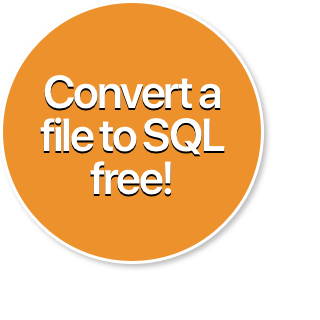Happy Birthday XML! 25 Years Old Today
XML, or Extensible Markup Language, is a markup language that is used to store and transport data. It is a flexible, human-readable language that has become widely adopted for the exchange of information between different platforms and applications. In this blog post, we will take a closer look at what XML is, its features and benefits, and how it is used in various industries.
What is XML?
XML is a markup language that is used to describe and structure data. It was developed by the World Wide Web Consortium (W3C) in 1996 - ratified on February 10th 1998 - and was designed to provide a simple, flexible, and extensible way of exchanging data between different systems. Unlike HTML, which is used to describe the structure and content of web pages, XML is a data-centric language that is used to store and transport information.
Features and Benefits of XML
One of the key features of XML is its ability to structure data in a hierarchical format. This makes it possible to describe complex data structures, such as tables, in a way that is easy to understand and manipulate. XML is also human-readable, which means that it can be viewed and edited by people as well as machines.
Another important feature of XML is its extensibility. This means that new elements and attributes can be added to an XML document as needed, without affecting existing data. This makes XML a powerful tool for storing and transporting data, as it can adapt to changing requirements over time.
Another benefit of XML is its wide adoption and support. XML is used by a large number of industries and organizations, including the healthcare, financial, and publishing industries, as well as government agencies. This has led to the development of numerous tools and applications that support XML, making it easier for organizations to implement and use.
SQLizer happily converts XML to SQL
For years we’ve offered the XML-to-SQL converter available at https://sqlizer.io - it’s free to try, so why not get started today.
Why can it be difficult to convert XML into a SQL statement?
XML is hierarchical, meaning that it can store data in a tree-like structure with nested elements, while SQL databases use a tabular structure with rows and columns. This means that when converting from XML to SQL, it can be difficult to determine the appropriate table structure and data types for the SQL database.
SQLizer takes care of this for you, using artificial intelligence to understand and parse the data into a meaningful format that can be used in a SQL statement.
🖤 SQLizer team.
About: SQLizer converts for free - less than 5,000 rows of data for personal use - however if you have a >5000 row CSV file you need to convert, use code CONVERTME10 for 10% off your Pro Monthly plan for the first 12 months, or a one-off 10% discount on your Pro Annual plan.
More from The Official SQLizer blog...
- Announcing the shutdown of SQLizer SQLizer is shutting down on Sunday August 31, 2025. Sadly, after 10 years and billions of rows of data, it’s time to say goodbye to...
- Convert Anything to SQL for $9 - Unlimited Rows It’s back! Many moons ago, we offered a 24-hour pass on SQLizer, and we’re thrilled to announce that it’s back once again! With this offer,...
- All new: A JavaScript Client for SQLizer on npm Rejoice, JS developers! A JavaScript client library for SQLizer.io, easily converting CSV, JSON, XML and Spreadsheet files into SQL INSERT or UPDATE statements - is...
- [Update 2024] Convert JSON to SQL: Free and Fast If you want to convert JSON to SQL there’s no concrete or straightforward way of doing things. Conversion is usually tricky because JSON and SQL...

